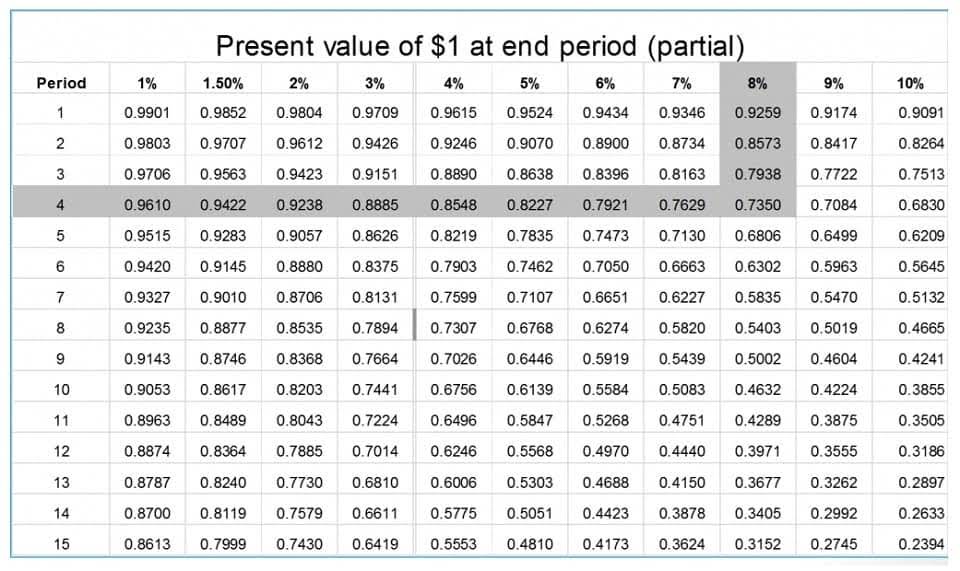
On the other hand, construction projects or engineering firms with long-term and easy-to-estimate contracts would benefit from PCM. Construction spending during March 2025 was https://www.bookstime.com/articles/tax-filings estimated at a seasonally adjusted annual rate of $2,196.1 billion. That is a lot of revenue and documents for contractors to sift through to report income.

Completed Contract Method Vs Percentage Of Completion

Finally, the cash basis of accounting isn’t allowed under GAAP or IFRS (more on this in the next section). The completed-contract method is an accounting concept that enables a business or a taxpayer to delay income reporting until the contract is complete. Even if the contractor receives payment during project implementation, he or she can still delay the reporting of such revenue. The reason is that the recognition of such revenue happens only after the completion of the project.
- This approach defers the recognition of financial results until the final outcome of the project can be determined with certainty.
- The reason is that the recognition of such revenue happens only after the completion of the project.
- In a nutshell, CCM only recognizes revenue and related expenses once a contract is fully completed.
- It provided a safeguard against premature recognition of profits, which could mislead stakeholders about the financial status of a company.
- The completed contract method is only GAAP compliant under certain circumstances.
Four Steps To Consider If You Experience Finance & Accounting Leadership Turnover
- Form 3115 generally is attached to the income tax return for the year of change.
- Additional liability accounts include warranty reserves to account for any future warranty claims.
- One accounting method contractors can use to recognize revenue and expenses is called the completed contract method (CCM).
- But you’ve actually underbilled based on the percentage of costs incurred.
- Below is a break down of subject weightings in the FMVA® financial analyst program.
- Accordingly, as with the completed contract method, Build-It holds the value of their billings on their balance sheet before they can recognize it on their income statement.
Let us look at a completed contract method example to understand the concept. Before completing the project, this method provides no useful information to the users of thefinancial statements of the company. Companies should consult a tax professional before deciding which accounting method is best from a tax standpoint. Overestimating or underestimating project progress can lead to overbilling or underbilling customers. Overbilling can retained earnings damage customer relationships and may result in legal consequences. Underbilling, on the other hand, can lead to lower business profitability and financial difficulties.
Alternative Minimum Tax

Furthermore, if you’re looking for investors or creditors, it can be challenging to prove the real value of your company since revenues on ongoing projects have not yet been recorded. In construction projects, managing finances can be a challenging task — but understanding committed costs can simplify the process. Committed costs refer to expenses that are guaranteed through formal agreements,… CCM allows companies to defer revenue, which could be a tax advantage. However, this also means postponing expense recognition, potentially affecting future tax liabilities should the tax laws change.
Small Contractor Exemption
Under the Completed Contract Method, revenue is recognized when a contract is fully completed. This means no revenue is reported on your income statement during the construction period, regardless of any payments received or work completed. Once the project is finalized and the client accepts the work, the total contract revenue is recognized. TL;DR – The completed contract method is a construction accounting technique used to recognize revenue and profit once a contract is fully completed.

Because of the timing of when revenue is received, CCM can lead to large valleys and spikes in your revenue flow, potentially making it harder to conceptualize overall revenue for your company in the short term. Even if you’re using a combination of PoC and CCM reporting, you’ll need to make sure you’re still projecting your revenue as best as possible. While PCM smooths out financial results and offers real-time visibility, each accomplished milestone represents a taxable event—which could complicate tax reporting of short-term projects.
AccountingTools
- One of the most significant advantages of percentage of completion is that you can get a view on profitability before the job is complete.
- With the current income tax rate being 29.6 percent for most taxpayers, the deferral only has an effective savings of 1.6 percent.
- Some examples of residential contracts are apartments, dormitories, barracks, prisons, and nursing homes.
- However, this is a slippery slope, and you should consult with your accountant before moving forward with this method.
- The percentage-of-completion method also can affect your balance sheet.
- Although the cash method might be straightforward, it can delay recording revenue and expenses until the money is earned or paid out.
While joint checks and joint check agreements are common in the construction business, these agreements can actually be entered into… I am reviewing a schedule of value for a project that does not have a % of the project total assigned to project closeout. I have heard the industry standard is 10% of the overall project is given to project closeout.

The main goal of using CCM is to get a clear, straightforward measure of profitability on a per-contract basis, especially on shorter contracts with a relatively unpredictable scope and costs. This approach streamlines revenue recognition compared to other methods, such as the percentage of completion method, which recognizes revenue and expenses in proportion to project progress. A contract is assumed to be complete when the remaining costs and risks are insignificant. From an optics perspective, this can make a company’s revenue and profitability appear inconsistent to outside investors. For example, if a company completed contract method example needs to apply for credit from a bank, it may be challenging to prove how much revenue the company generates using the completed contract method. Still, the percentage of completion method remains a powerful tool for accurately recognizing revenue.
XYZ Construction Company is provided with the contract to build a warehouse for the Strong Product Ltd. company on an urgent basis as the company doesn’t have a warehouse to keep the products. Management of XYZ expected to complete the entire project in 3 months, and for that, they decided to adopt the completed contract method. Construction in Process and Progress Billings will continue to accrue until the project wraps up.
